Hannibal Barca: The Carthaginian General who Terrorized the Roman Republic

by Ruben Becerril, age 13
Hannibal Barca was a Carthaginian general known for fighting against Rome in the Second Punic War. He is considered one of the greatest generals, as well as the first general to cross the Alps with a full army.
Hannibal was born in 247 B.C.E and died around 183 B.C.E. Son of the legendary Carthaginian general Hamilcar Barca, he was taken to Spain by his father at a young age. At the Temple of Baal, his father made him swear eternal hostility to Rome. Throughout his life, Hannibal faced constant struggle against the Roman Republic.
Hannibal’s first commands in the military came from General Hasdrubal the Fair, his brother-in-law and the successor to Hamilcar. Hannibal was such a successful officer that when Hasdrubal was assassinated, the government had Hannibal take his place. [Read More]





























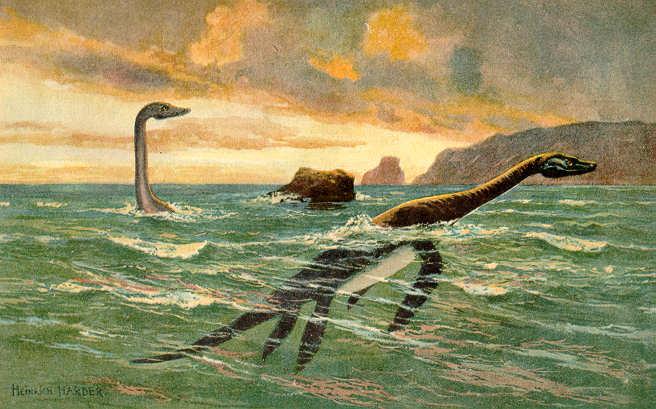




.jpg)




.jpg)
























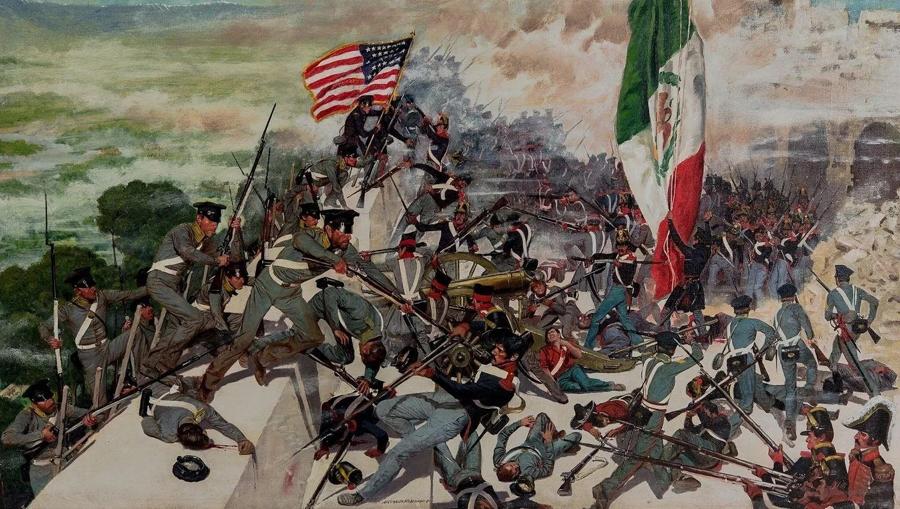



.jpg)


.jpg)
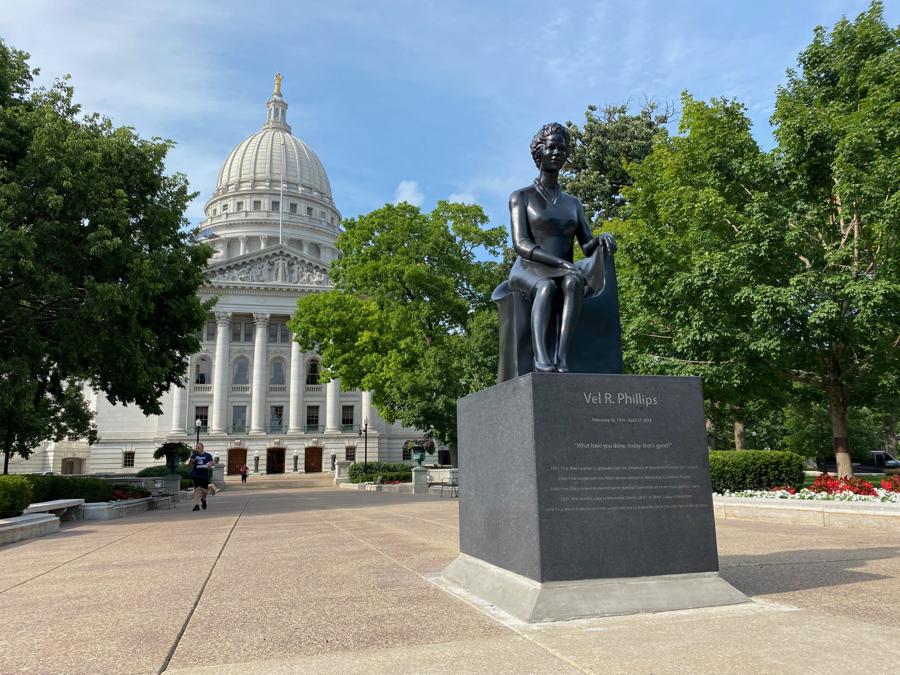

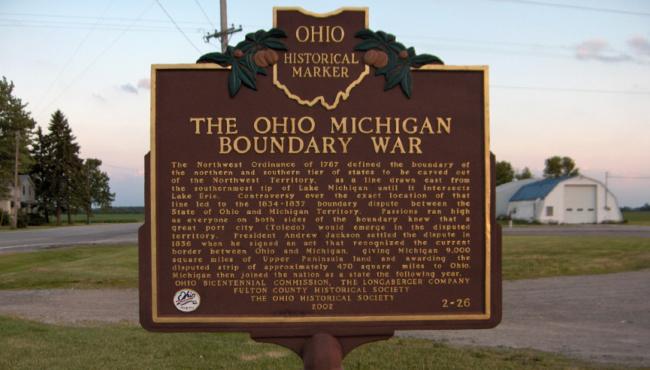


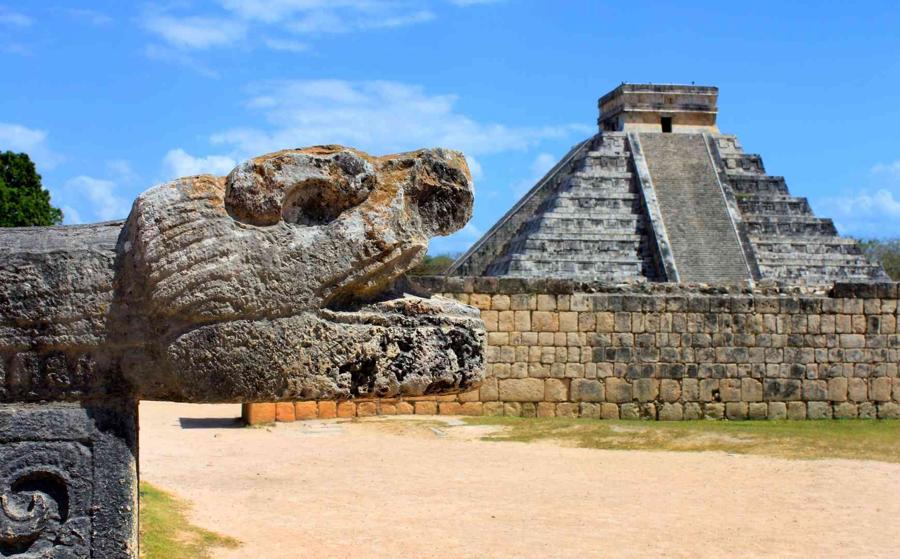


























.jpg)

.jpg)




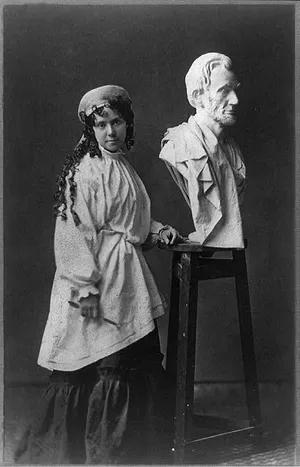


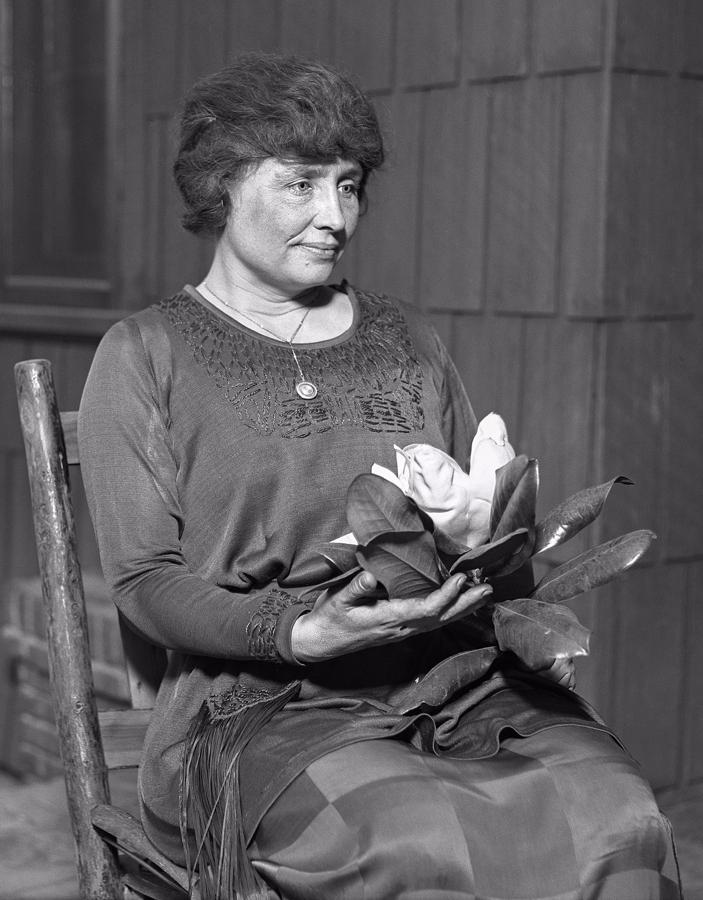













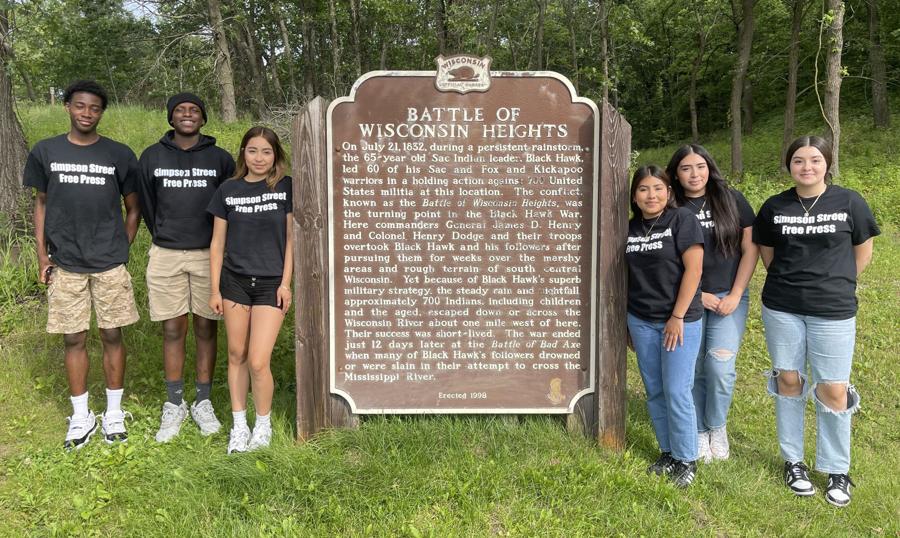







_-_Google_Art_Project.jpg)








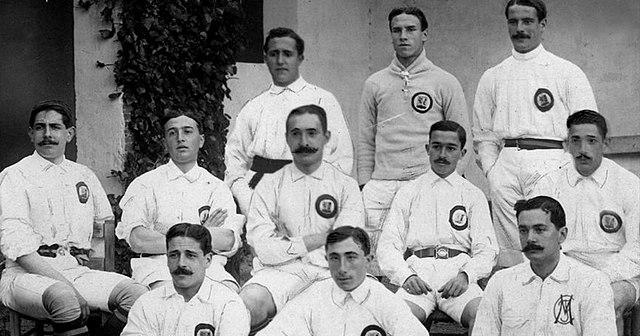


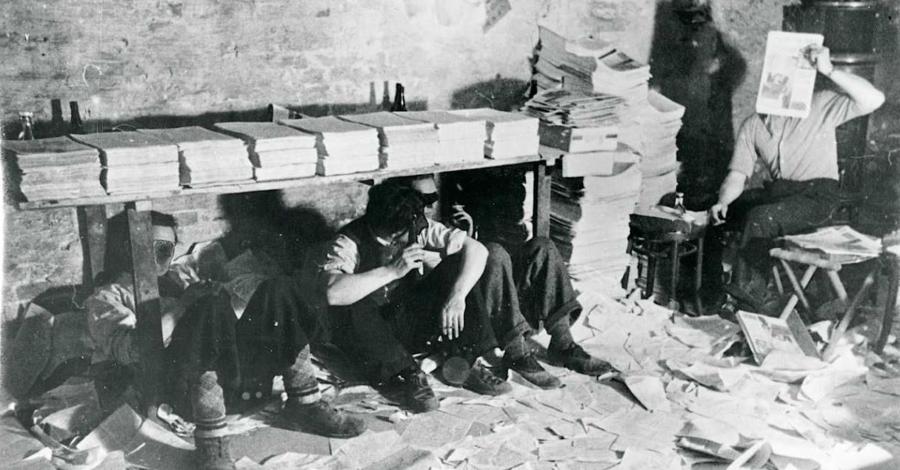










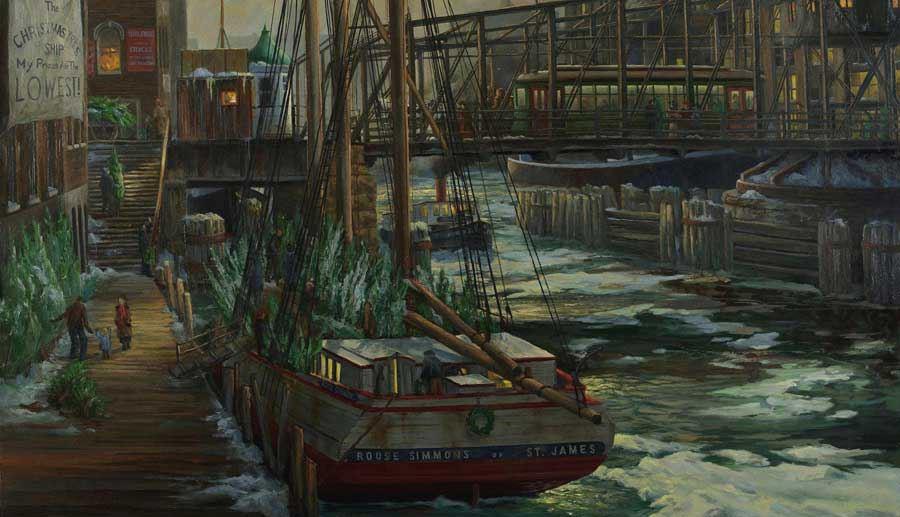












.jpg)